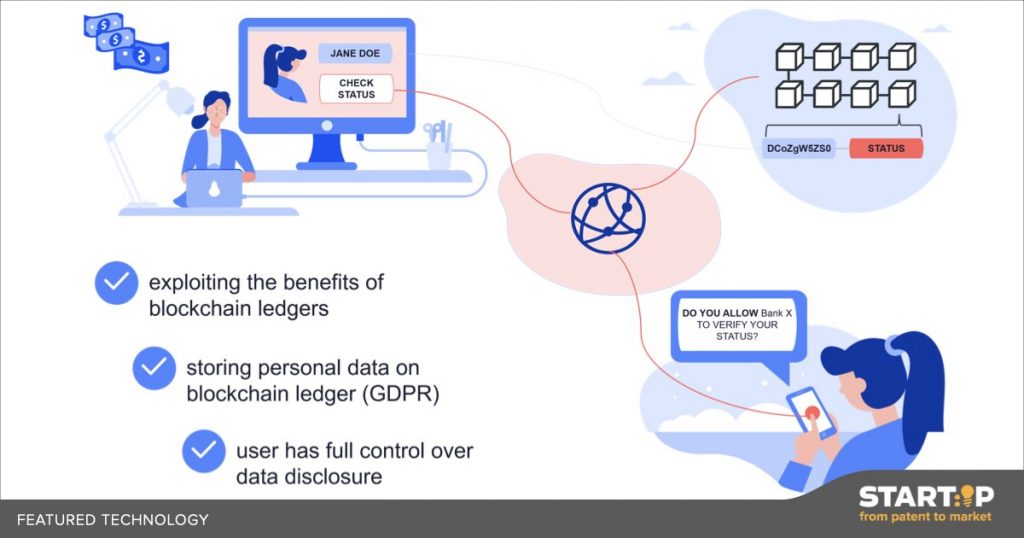Blockchain ledgers are a decentralized (i.e., “owner-free”) way of sharing data. This is incredibly useful because publicly available data allows efficient use, thereby streamlining many bureaucratic processes. However, complying with data protection laws in this context presents a challenge. This innovation is a blockchain-based system that protects personal information, only revealing it when permission is granted by the owner.
START:IP
Technologie Kurzbeschreibung (nur Englisch)
Data Protection in Blockchain Ledgers
Control Over Personal Data in Blockchain Distributed Ledgers
Bookmark2
A blockchain ledger is essentially a shared digital spreadsheet, but one that is not owned by any entity. Because no one owns the spreadsheet, the data is publicly available. New data can be appended, and no one can edit the data already entered, thereby ensuring the database’s integrity. Such ledgers carry the potential to make many bureaucratic processes more efficient. Take a simple example of a university student who has a special student-rate bank account. The bank needs confirmation from the university that the student is indeed enrolled. For them to do this, multiple letters need to be sent back and forth, all depending on the student to be a middleman. Alternatively, the university could enter student’s enrolment details into a blockchain ledger. The bank could then access this information digitally and manage the person’s bank account rates accordingly. However, making personal data publicly available contradicts the European Union General Data Protection Regulation (GDPR), mainly because no one could delete the information from the ledger if requested by the owner. This innovative approach provides a solution to enable the blockchain sharing of data while still ensuring data protection. Data entered into the system and the blockchain ledger is split to encrypt personal information When the bank requires access to the data, it sends a request to access the encrypted information When they do so, the individual owner of the data receives an instant electronic notification and can grant access by entering a unique PIN code. This method gives individuals control over their personal information, complying with the GDPR. The uses for this blockchain-based system are boundless – other relevant examples include an electoral roll database for registering whether votes have been counted or not, or a COVID-19 vaccination database accessible by border authorities for international travel. Blockchain technology is considered a top technological innovation not to ignore, but the GDPR severely limits it. This innovation allows its potential to be realized.
If you click the button and fill out the form to be „matched“ with a technology, we will introduce you to the scientist / transfer manager of the respective research institution. In this way, you immediately have the chance to receive more detailed information and to start discussions about a possible joint project.

Mit dem Laden des Videos akzeptieren Sie die Datenschutzerklärung von YouTube.
Mehr erfahren




